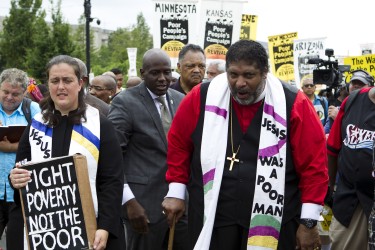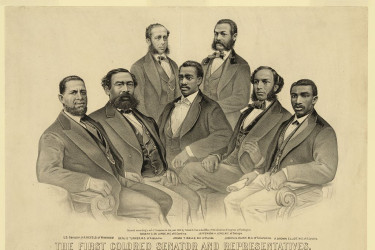My work offers an as yet untold story about religion’s role in shaping twentieth-century American public education. Rather than existing in a separate sphere, religion structured government policies on race and everyday school practices before and after the 1962 and 1963 US Supreme Court decisions holding school prayer and Bible-reading unconstitutional. Using New York City as a window into a national story, I argue that these Supreme Court decisions failed to remove religion from public schools because religion—from the government-endorsed Judeo-Christianity to Pan-African theology—framed how Americans interacted with public schools far beyond prayer and Bible-reading, and continued to do so, through public education’s process of collective moral formation. Intersections of religion and race informed the major conversations about twentieth-century American public education, from school desegregation, youth crime, and multicultural education to government aid to religious schools, community control of education, and prayer and Bible-reading. Both secularization and desegregation in New York City public schools inculcated students into white Christian norms through a repertoire of ideas and practices, as part of their project of shaping students into citizens, at the same time that parents, teachers, and community members drew on, resisted, and reimagined that repertoire to create citizens of a different sort.
The history of race and religion in the urban North is the history of desegregation and secularization of public schools. Collective memory about desegregation and secularization of public schools often focuses on the southern United States. We hear about the (increasingly less) rogue school in the “Bible Belt” sponsoring prayer, or we read a sanitized history of Martin Luther King Jr.’s triumph over southern racism. The South shaped American racism and religiosity, but the South alone did not purvey white Christian supremacy. The North did, too, in its own way. Focusing only on the South reinforces stereotypes about Northern innocence, Southern religious fervor, and Black, southern, religious resistance.
Shifting attention to the North requires us to abandon stereotypes and to see how, while the contours differed, Americans revered the public school as a sacred site that produced religious and racial beings through educating the public. Recent decades have seen an influx in scholarship on the Northern Civil Rights Movement, centered in New York City. Reflecting national concerns about school inequality, New York City witnessed the largest school boycott of the American Civil Rights Movement, during which nearly half a million students stayed home. Moreover, a key way to understand racism in the North is to look at desegregation alongside efforts at secularization.




















